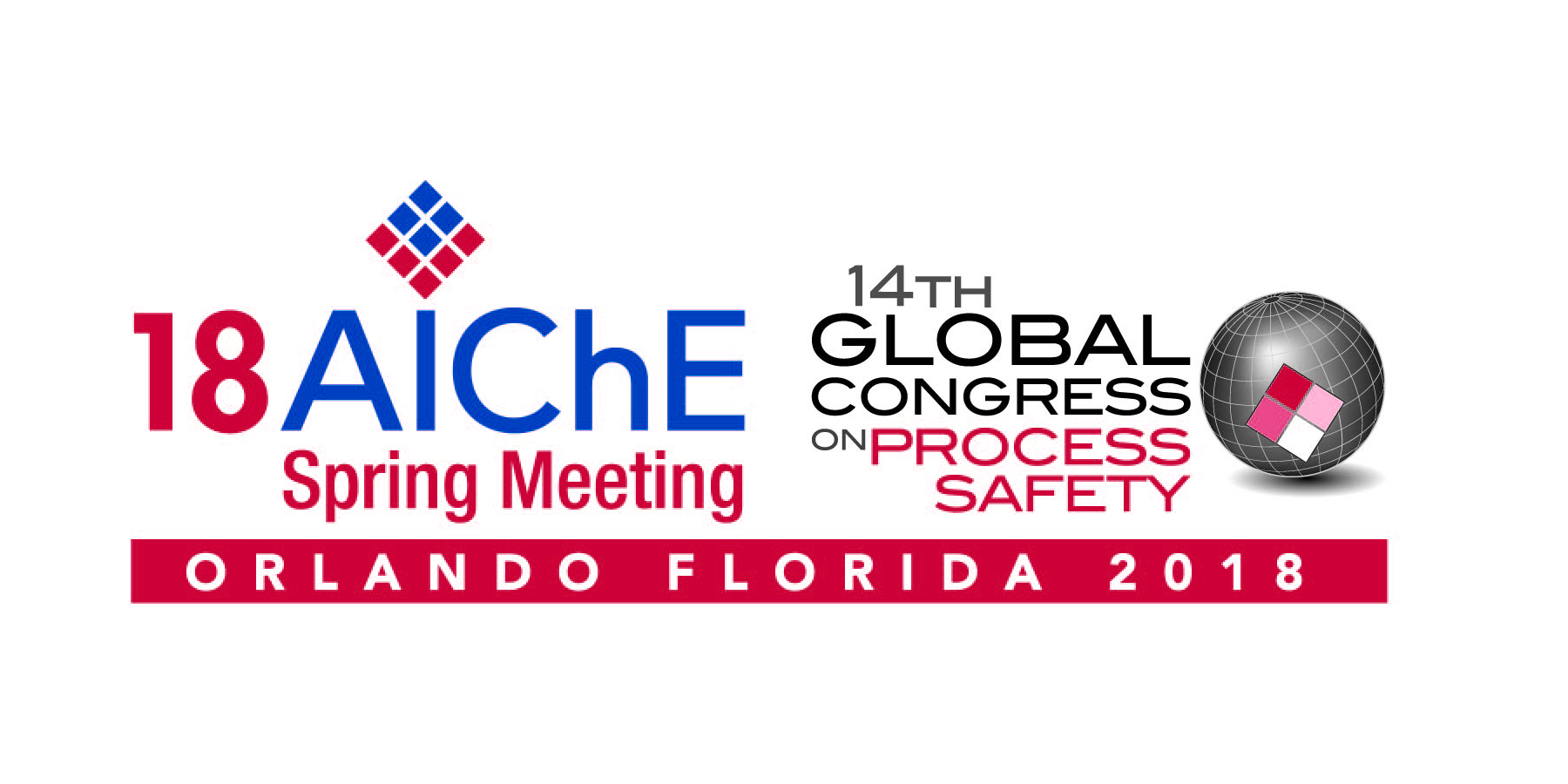

This work represents the continuation of a previous study presented in 2011 at the 13th Process Plant Safety Symposium, which performed a similar analysis for 60 CSB investigation reports written during the period 1998 – 2010. The update provided here further illustrates the significant value of CSB investigation reports in demonstrating lessons learned and in training and educational efforts.
Key among the current findings are the following points:
- Procedural safety is the most common risk control measure cited in the CSB reports.
- The efficacy of inherent safety principles in both incident prevention and mitigation has been increasingly recognized by the CSB in its investigations.
- Risk reduction efforts aimed at incident prevention are identified more often than those aimed at consequence mitigation.
- Active engineered safety measures are especially common among mitigation efforts, primarily due to the prevalence in the process industries of emergency alarm and fire suppression systems.
The presentation and paper will include a discussion of the rationale and motivation for undertaking the current work. Specific examples will be given which clearly illustrate the interplay among the inherent, passive engineered, active engineered and procedural safety levels in the hierarchy of controls. The relationship of the hierarchy levels to the risk reduction concepts of prevention and mitigation, as well as to the systematic management of process safety, will be illustrated using an example-based approach. Finally, a quantitative analysis will be provided for the initial (2011), current and overall results in terms of percentage breakdowns by inherent safety principle, hierarchy of controls level, risk component (prevention or mitigation), and PSM element. Throughout the presentation and paper, emphasis will be placed on the process safety lessons afforded by the U.S. Chemical Safety Board investigation reports. These lessons will provide guidance on inherent safety application at both the design stage (e.g., limitation of effects by means of facility siting) and operational stage (e.g., moderation by use of appropriate storage bins for hazardous materials).
Presenter(s)
Language
Pricing
Individuals
| AIChE Member Credits | 0.5 |
| AIChE Pro Members | $19.00 |
| Employees of CCPS Member Companies | Free |
| AIChE Graduate Student Members | Free |
| AIChE Undergraduate Student Members | Free |
| AIChE Explorer Members | $29.00 |
| Non-Members | $29.00 |
